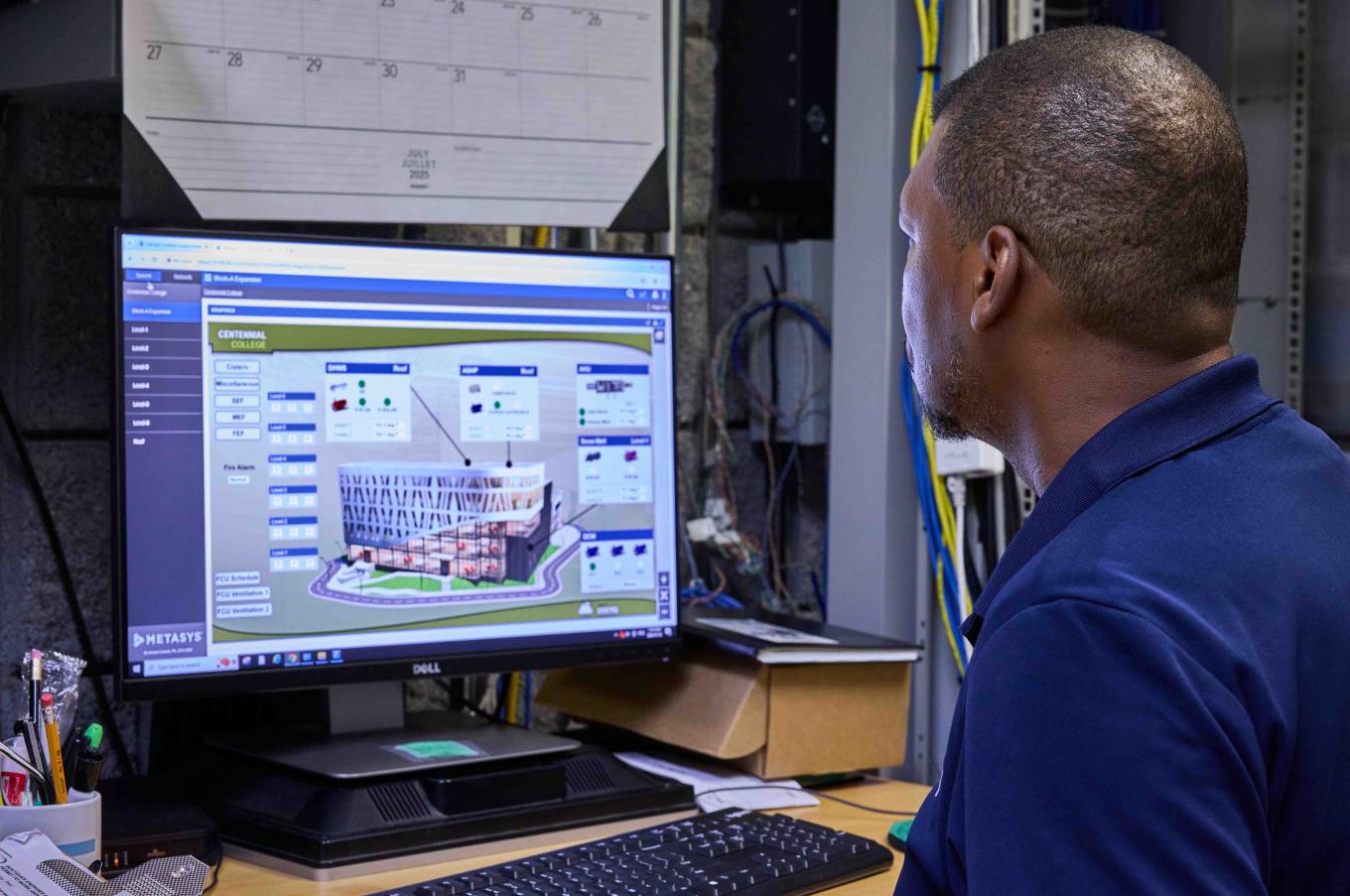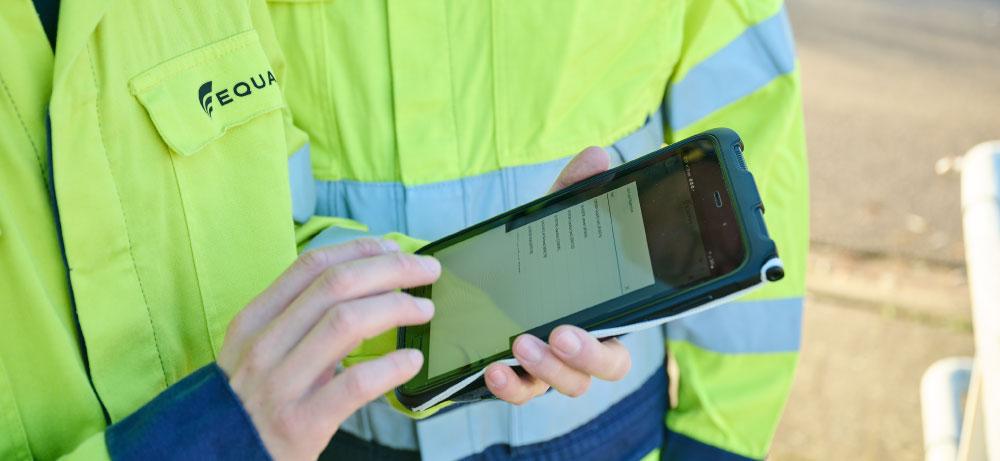Heatwaves, smog, urban heat islands… this summer is shaping up to be intense. But for commercial building managers, there’s good news: technology is finally on our side. As a sustainability expert, I see it every day—climate resilience is no longer a futuristic concept. It’s a performance driver, here and now. And digital transformation is the catalyst.
Resilience Means Real-Time Adaptation
What does “climate resilience” really mean for a building? Simply put, it’s the ability of a building to adapt to and withstand the impacts of climate change—like heatwaves, storms, and flooding. It’s not just about strong design, but also smart, responsive operations. Even a well-designed building can be vulnerable if it’s poorly managed. That’s where digital tools come in.
With intelligent platforms, we can now detect vulnerabilities, anticipate climate risks, and adjust operations in real time—managing HVAC systems, insulation, and more like a conductor fine-tuning an orchestra.
Mapping Vulnerabilities to Invest Smarter
Advanced tools now combine localized climate data with building-specific information—construction type, age, energy audits, and performance history. For example, a 1980s downtown Montreal building and a newer suburban complex may face the same heatwave, but their risks differ. Smart platforms help pinpoint where to focus investments to boost resilience.
Digital tools don’t replace know-how—they amplify it. That’s what I call augmented property management.
Claudia Berger, Sustainability Director
From Diagnosis to Action Plan
What excites me most? We’ve moved from raw data to operational intelligence. These platforms now support clear, cost-benefit-driven decisions—like improving thermal envelopes, adding generators, greening spaces, or optimizing mechanical systems.
In other words, we’re moving from vague ideas to measurable, prioritized plans aligned with business goals and operational continuity.
Technology in Service of People
Despite all these tools, I firmly believe people still make the best decisions. Algorithms guide us, but it’s field expertise that gives data its meaning.
Towards “Augmented” Building Management
Digital tools don’t replace know-how—they amplify it. That’s what I call augmented property management. In the face of growing climate risks, integrating resilience into operations isn’t optional. It’s a guarantee of continuity, performance, and measurable environmental impact.







